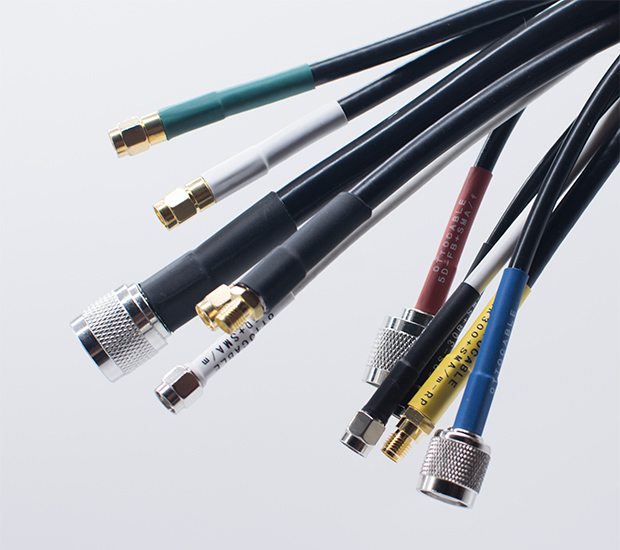- All
- Product Name
- Product Keyword
- Product Model
- Product Summary
- Product Description
- Multi Field Search

The Difference Between Shielded vs. Unshielded Cable: A Comprehensive Guide Introduction Introduction Choosing the right network cable can make or break your system’s performance. Shielded vs. unshielded cables—which one is better for your setup?

When setting up a network, choosing the right Ethernet cable is crucial. Cat5 vs Cat6—which one should you choose? While both are popular, they offer distinct differences in performance.In this article, we will explore these differences in detail.

RG59 vs RG6: Key Differences and Which Coaxial Cable Is Best for You Introduction Which coaxial cable should you choose—RG59 or RG6? The choice between these two cables could make or break the performance of your communication system.

Introduction Have you ever wondered how high-frequency signals travel seamlessly between devices? RF cables make this possible. These specialized cables are key to many industries, from telecommunications to medical equipment.

Can Coaxial Cable Go Bad?Introduction Did you know that coaxial cables, which are essential for TV, internet, and communication systems, can go bad over time? This can result in frustrating signal disruptions.

Introduction Coaxial cables are a backbone of modern communication, ensuring stable signal transmission across various devices. But why are they still essential in a world of fiber optics and wireless technology?

Introduction RG58 is a widely used coaxial cable, known for its flexibility and durability. With a 50-ohm impedance, it is perfect for applications like radio communications and networking. Impedance plays a crucial role in ensuring proper signal transmission and minimizing loss.

How to Test Coaxial Cable: A Complete GuideCoaxial cables are vital for high-speed data transfer in many systems. Over time, they can degrade or get damaged. This affects signal quality and performance.In this article, we’ll explore effective methods to test coaxial cables. You’ll learn how to ident